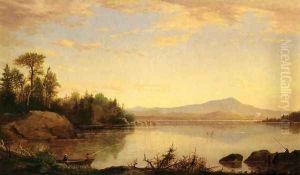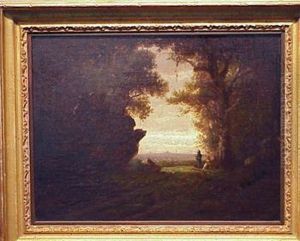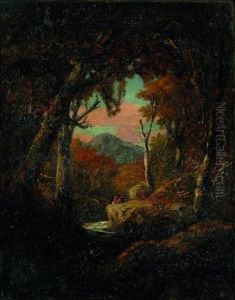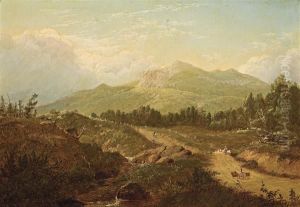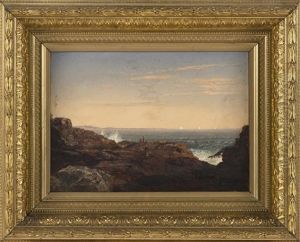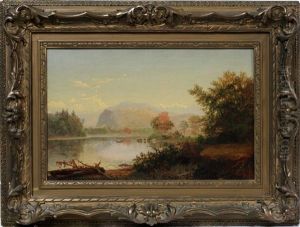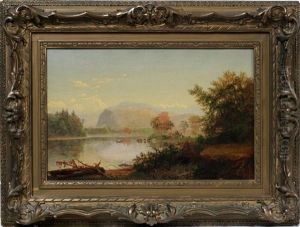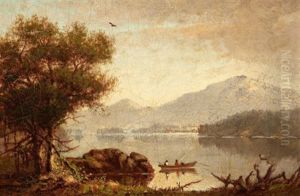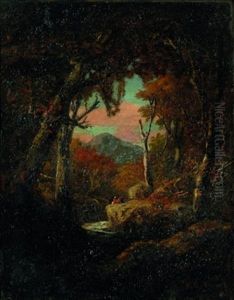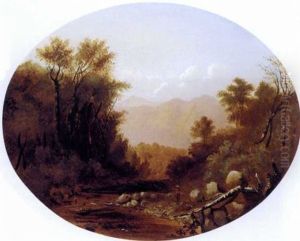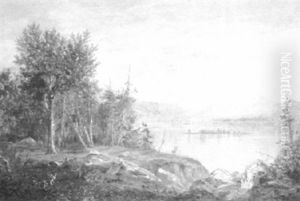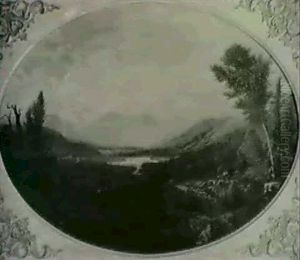Francis Shedd Frost Paintings
Francis Shedd Frost, although not widely known in the mainstream art history canon, was an American painter born in the mid-19th century. His life spanned a period of great change in the United States, from the antebellum era through the Civil War, Reconstruction, and into the dawn of the 20th century. Frost specialized in landscapes and marine art, reflecting a broader American interest in naturalism and the transcendentalist movement, which held nature in high regard.
Francis Shedd Frost's work is characterized by its attention to detail and a serene quality that captures the tranquil aspects of the American landscape. His paintings often depicted the New England countryside and coastal scenes, which were popular with the American middle and upper classes who sought to decorate their homes with reminders of the nation's natural beauty.
Despite the lack of extensive records of Frost's life and work, it is known that he was active during a time when American art was beginning to establish its own identity separate from European influences. Artists of this era, including Frost, contributed to the burgeoning sense of American nationalism by focusing on local landscapes and scenes of everyday life. They were part of a larger movement that included the Hudson River School, whose artists are better remembered today.
Frost's death in 1903 marked the end of a career that, while it may not have achieved the same level of fame as some of his contemporaries, still contributed to the rich tapestry of American art history. His paintings remain as a testament to the aesthetic values and the cultural attitudes of his time. Collectors and regional art historians may still take an interest in Frost's work, which provides a window into the American past and the evolving styles of 19th-century American art.
